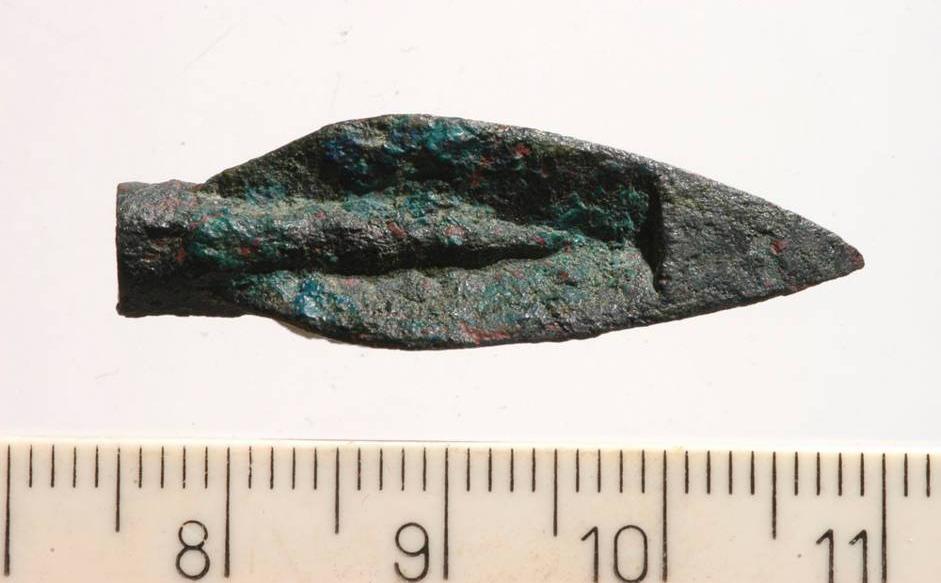
A Scytho-Iranian type arrowhead of the kind used by Nevuchadnezzar's soldiers, found by the Temple Mount Sifting Project, likely used in destorying the First Beis Hamikdash.
The City of David organization announced that its archaeologists from the Jerusalem-based Temple Mount Sifting Project have successfully restored a series of decorated floor tiles that paved the porticos atop the Temple Mount, and which likely also covered areas in the courtyards of the Second Temple as reconstructed by King Herod. The restored tiles were displayed on September 8th, at the 17th Annual City of David Archaeological Conference.
One of the reconstructed floor tiles from material found in the Temple Mount Sifting Project
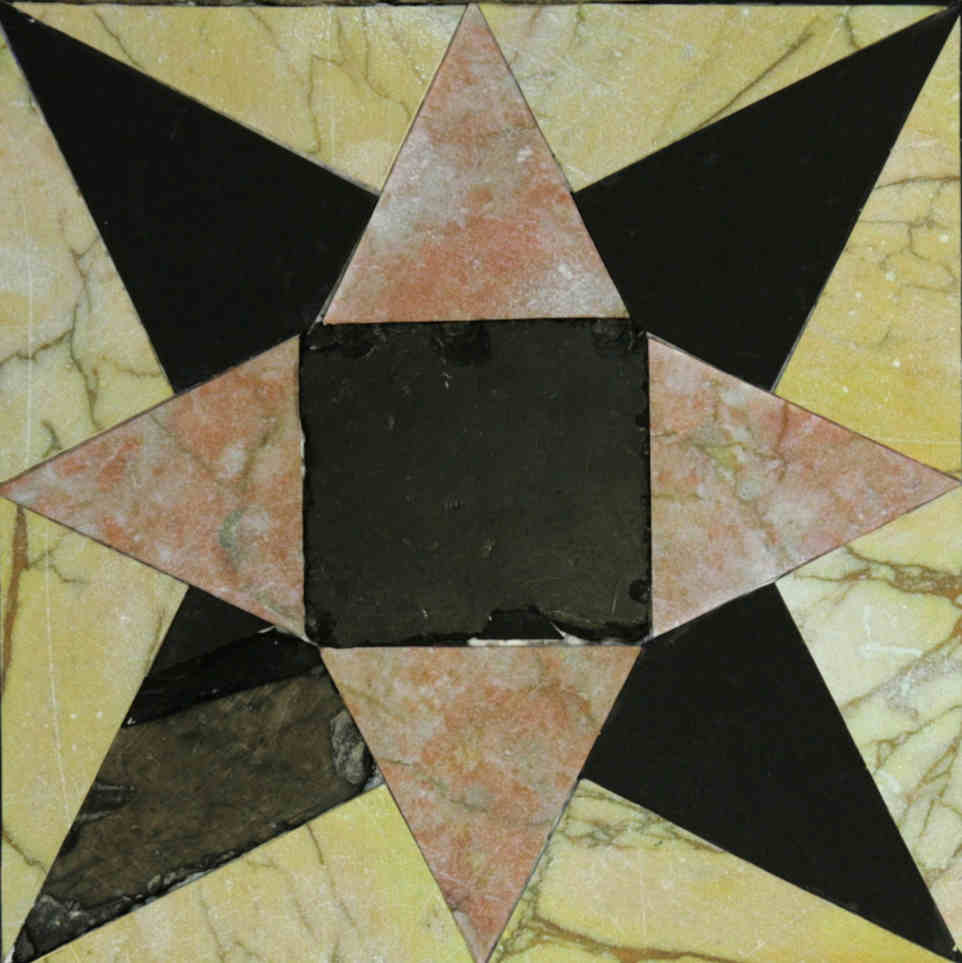
The Temple Mount Sifting Project was founded by Dr. Gabriel Barkay and Zachi Dvira. It was established in the wake of the illegal removal of tons of antiquities-rich earth from the Temple Mount by the Islamic Waqf in 1999. The Waqf conducted excavations without any permit or coordination with authorities, and dumped huge amounts of excavated debris. To give an idea of the amount of earth that is involved, note that since the Temple Mount Sifting Project's inception in 2004, more than 200,000 volunteers from around the world have taken part in the sifting, and there are still years of work ahead.
A reconstructed floor tile from material found in the Temple Mount Sifting Project
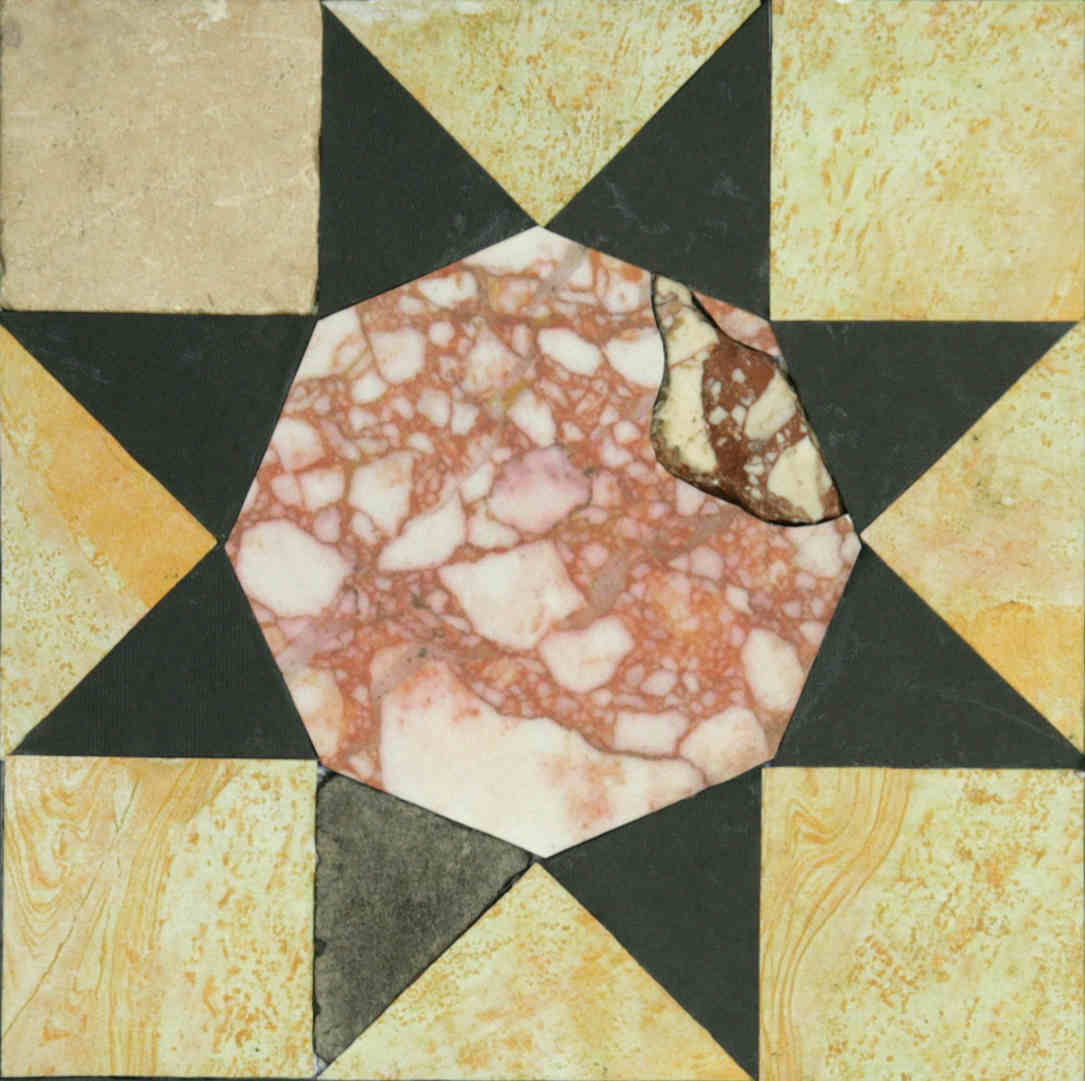
To date, approximately 600 colored stone floor tile segments have been uncovered, with more than 100 of them definitively dated to the Herodian Second Temple period. This style of flooring, called 'opus sectile' which means 'cut work,' is consistent with similar tiles found in Herod's palaces at Masada, Herodian, and Jericho among others, as well as in majestic palaces and villas in Italy, that are also dated to the same period. The tile segments, mostly imported from Rome, Asia Minor, Tunisia and Egypt, were created from polished multicolored stones cut in a variety of geometric shapes. A key characteristic of the Herodian tiles is their size, which corresponds to the Roman foot, approximately 29.6 cm.
A reconstructed floor tile found in the Temple Mount Sifting Project
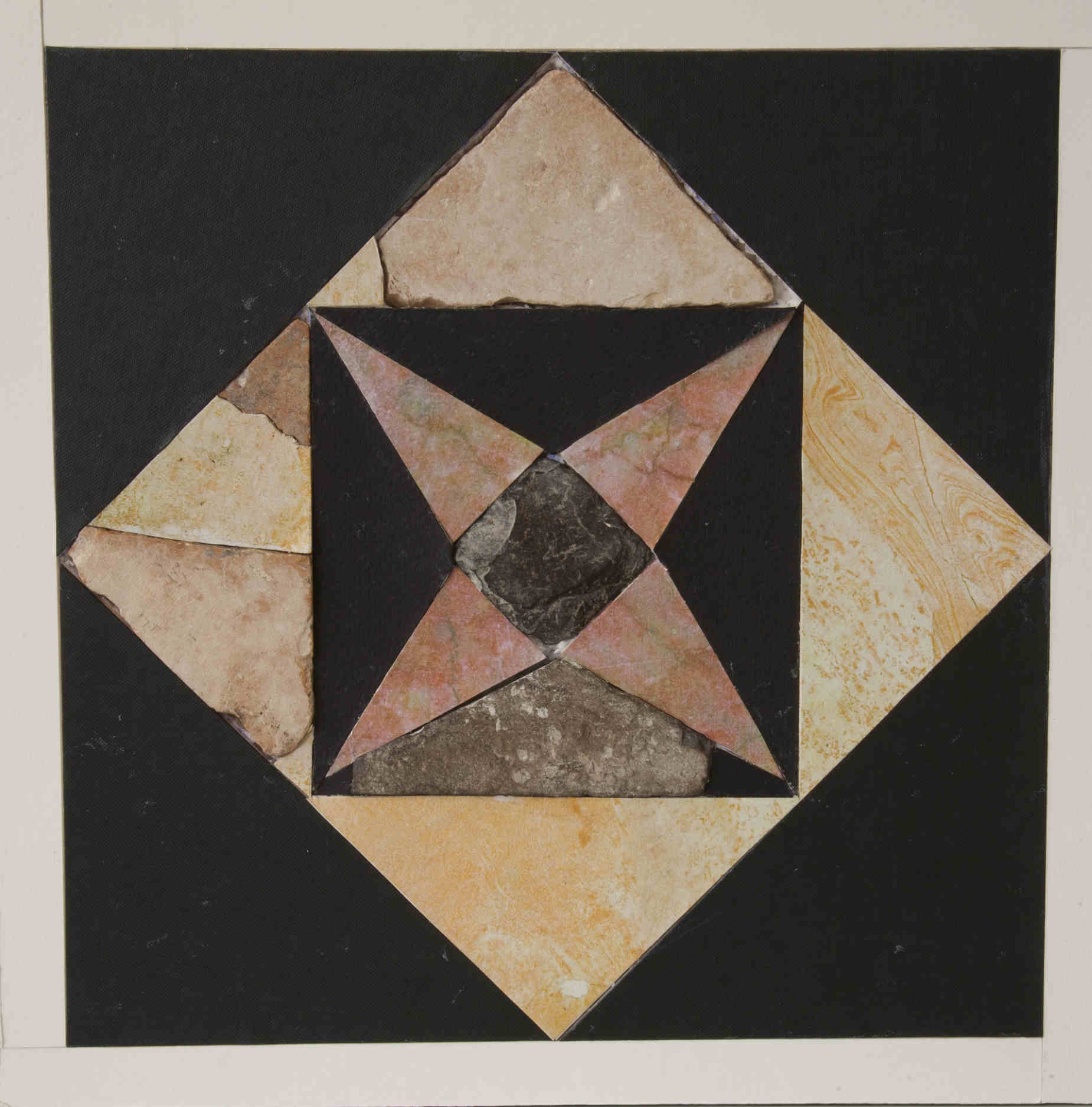
Frankie Snyder, a member of the Temple Mount Sifting Project's team of researchers and an expert in the study of ancient Herodian style flooring, is credited with restoring the patterns. She said, "this type of flooring is very expensive and was considered to be far more prestigious than mosaic tiled floors."
Dr. Gabriel Barkay, co-founder and director of the Temple Mount Sifting Project said, "Referring to the Temple that Herod built, the Talmud says: 'Whoever has not seen Herod's building has not seen a beautiful building in his life.' Though we have not merited seeing the Temple in its glory, with the discovery and restoration of these unique floor tiles, we are now able to have a deeper understanding and appreciation for the Second Temple."
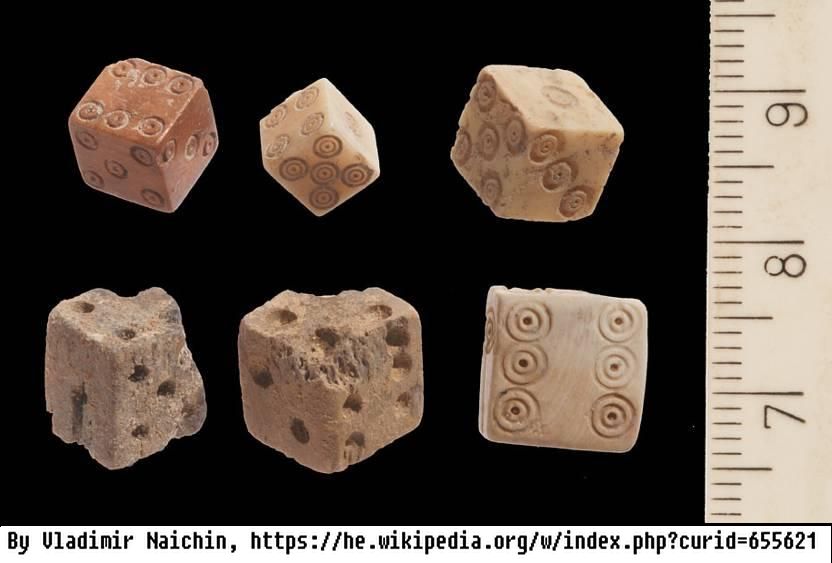
Roman dice found in the Temple Mount Sifting Project.
Also, archaeologists digging at Khirbet Qeiyafa overlooking the Elah Valley announced that they believe that it is the city of Shaarayim, mentioned in the story of Dovid and Goliath. The ruins were dated to that period, and the excavations showed that the city had two unusually large gates.




